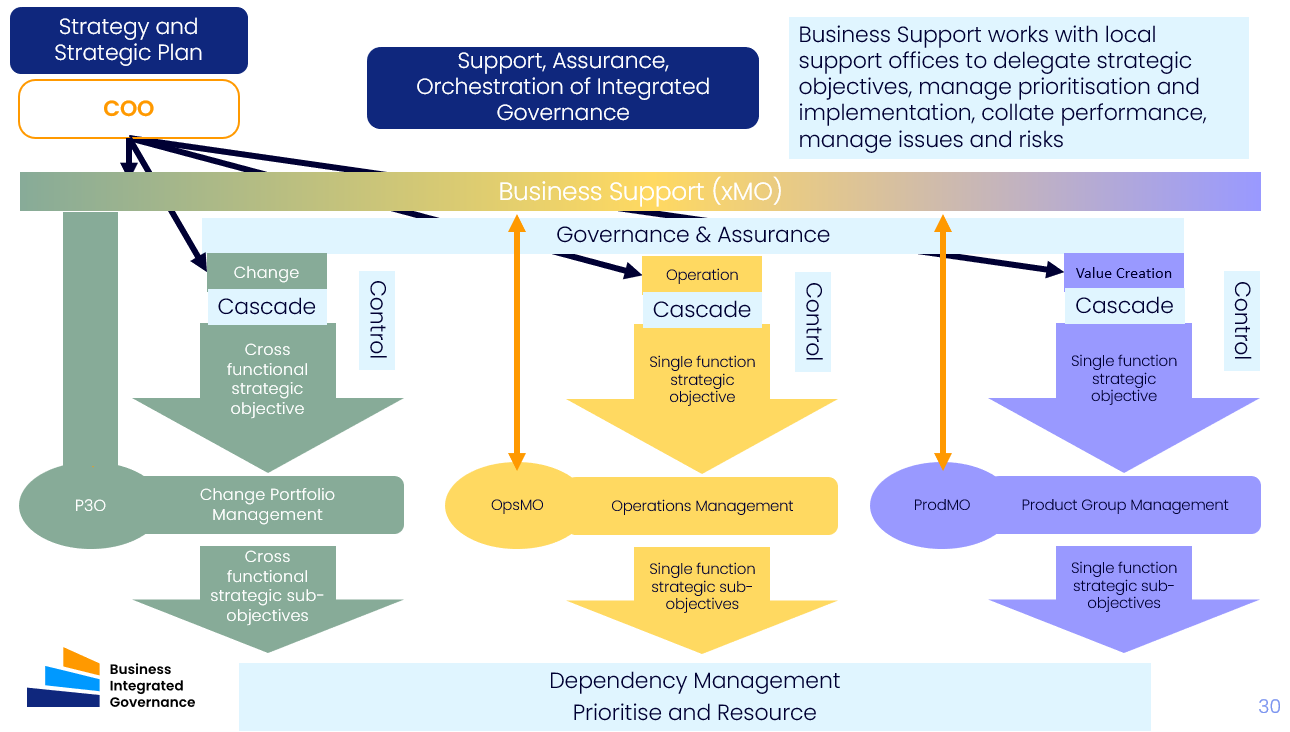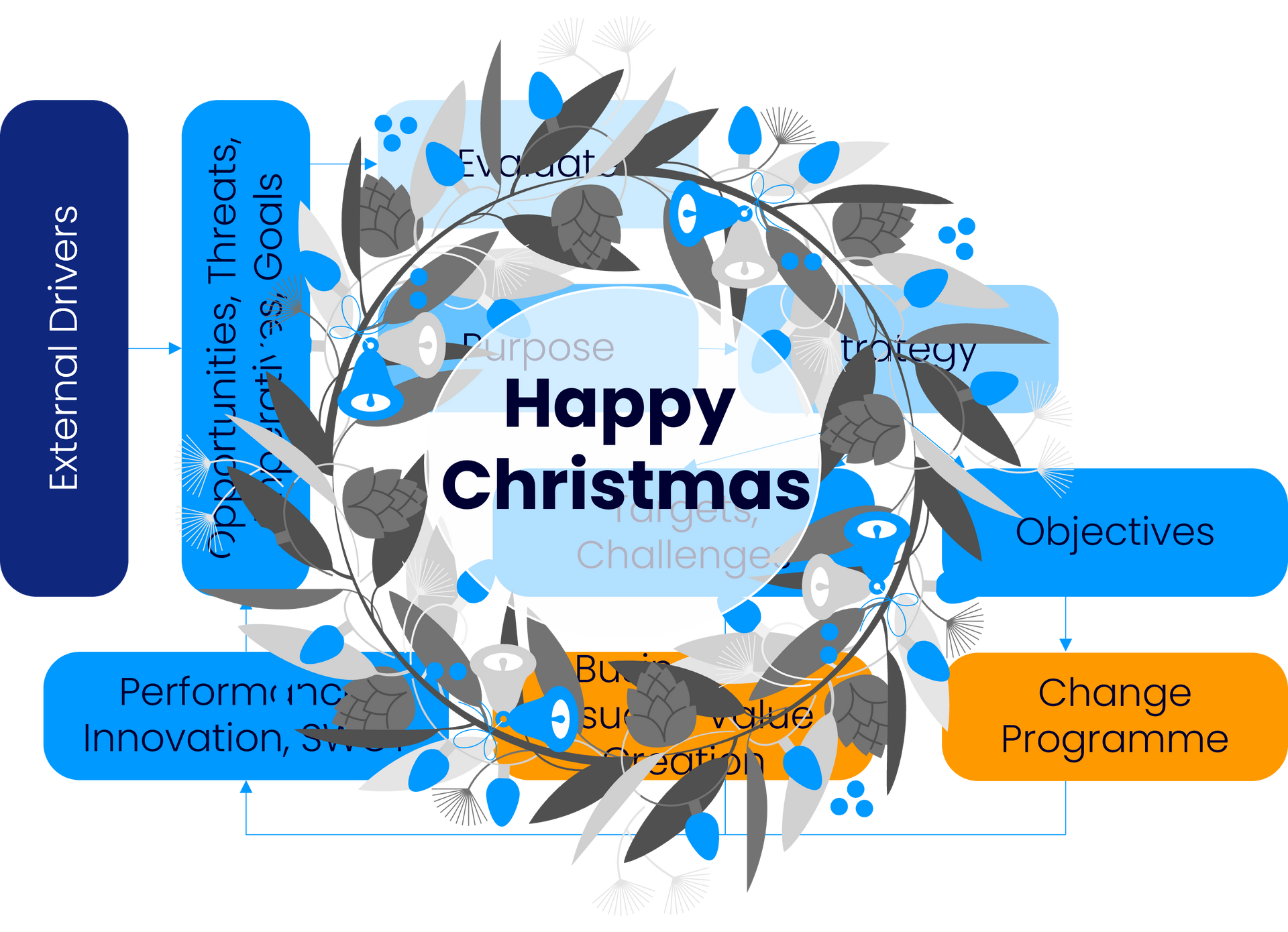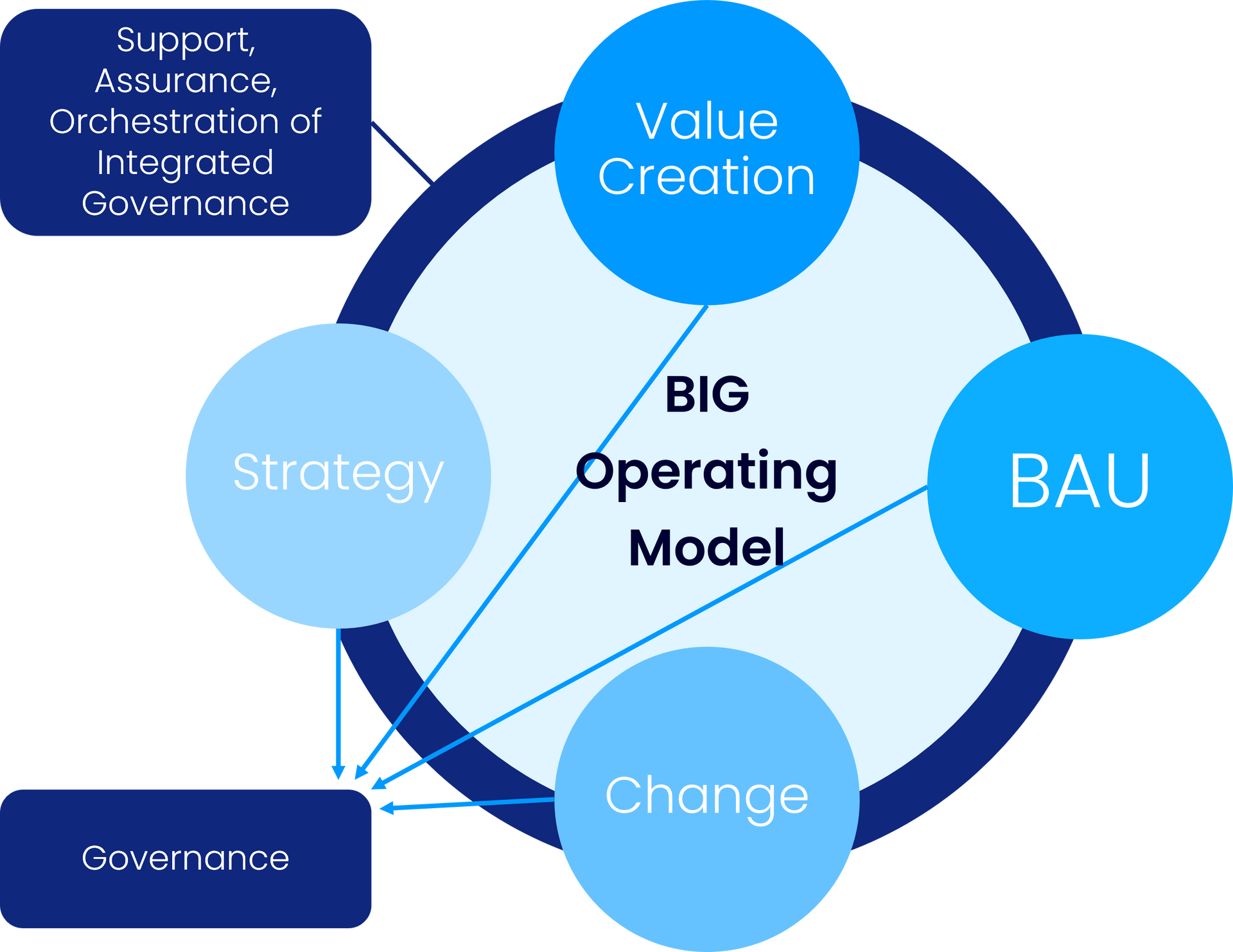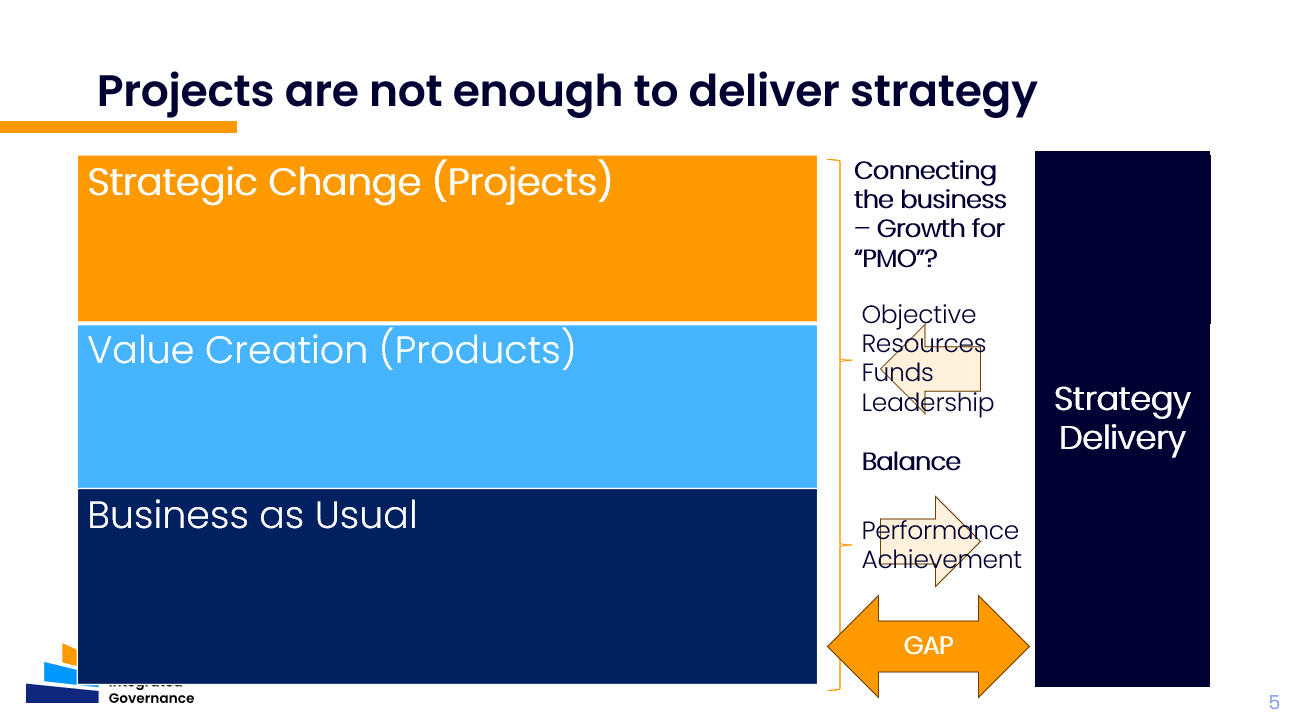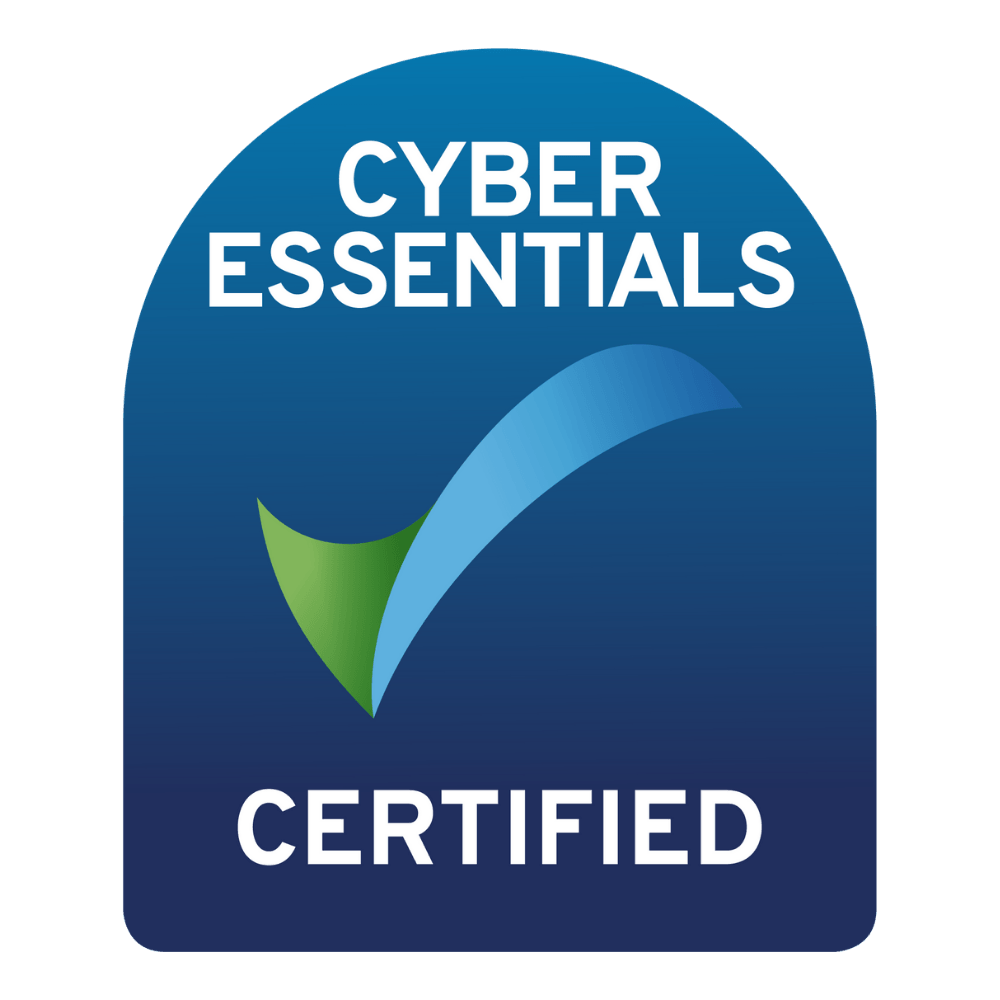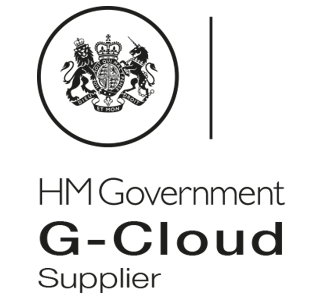Strategy improvement -
Dual Pathways
In pervious blogs, we shared our workshop findings about issues in strategy delivery. We drew conclusions and discussed them in video here. We also discussed the concepts and approach to use to addressing these issues and shared that discussion here. We talked more specifically about the influence of strategy design on strategy delivery here.
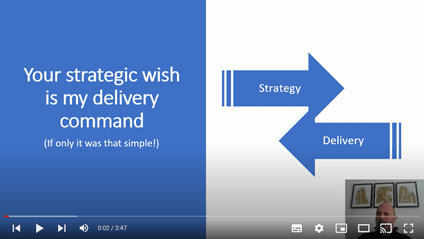
In the penultimate blog in the series supporting, improving strategy implementation - we offer specific advice. This article covers two two areas within the journey to improve strategy implementation in an organisation, addressing organisational ecosystem, strategic management, integrated governance and information flows/systems.
Let us know what you think!
In any transformation approach, we need to understand our ‘as is’. What is our current state or situation? We then need to form a picture of our desired future situation / operating model in response to the issues and risks that we see and the strategic direction that we choose. We agree our roadmap to get from A to B – which can be prescribed, or iterative, depending on our circumstances. We prepare, change, then evaluate – and may re-steer (to get back on course) or even course correct (if the direction needs to change).
The first of the dual pathways to consider is our strategy itself. For this discussion, we consider ‘strategy’ as the complete set of information which captures:

- The drivers for strategy (in our purpose, mission, goals, imperatives, opportunities, threats).
- Understanding the many dimensions of current state / situation, strengths and weaknesses
- A vision for how the current state / situation needs to achieve or cope with our drivers
- A roadmap for the objectives, targets, challenges and decision points to achieve change, value generation and business as usual performance
- Decomposition of the roadmap into accountable / responsible entities. Clearly, some of the major entities (departments, product groups, change portfolios – depending on your terminology) may themselves have drivers, current state roadmap and subordinate entities
The question is – what does the current state of this look like for the organisation wanting to improve its strategy delivery? There are several levels of information to understand:
- Are the core organisation documents for purpose and mission clear, goals for the owners accepted? Does the organisation appreciate its imperatives, opportunities and threats? Is it clear on its strengths and weaknesses? Without these, strategy cannot be well founded.
- How good is the vision and roadmap in responding to purpose and drivers? Many see this as the core of ‘strategy’ – but we are suggesting it is only one part.
- Does the organisation have a strategic plan driving current operating plan and budgeting?
- How clear is the decomposition of objectives, targets and challenges into accountable entities? For example, how does the operating plan drive department plans, product and change portfolios (depending on your terminology)
- Is the organisation clear on how lower-level responses and progress within department plans connects back up again?
The point is – what have you got - is your current strategic information fit for purpose?
The second of the dual pathways considers the ecosystem in which strategy information is being managed. For this discussion, we consider ‘ecosystem’ the operating model, governance regime, support infrastructure, information and data capability, tools and practices. This will look after:
- The documents and data stores for our purpose, mission, and analysis of current state or situation (strengths and weaknesses), vision and roadmap
- The corporate risk system for opportunities, threats, imperatives and goals
- The operating model for how the vision and roadmap can be maintained in a changing world
- The data models for objectives, targets, challenges and decision points to achieve change, value generation and business as usual performance, and decomposition of the roadmap into entities to achieve change, value generation and business as usual performance
- The operating model for how objectives, targets, challenges within entities are managed and balanced based on business priorities for leadership time, funding and resources
- Data model for the key performance and key results indicators that enable the business to demonstrate performance and strategic accomplishment
- The local operating models for delivery across run and change
Again - the question is – what have you got - is your current ecosystem fit for purpose?
- Mechanics - Is there innate capability to run and change? Is governance integrated? Is there tool, data, information and business support infrastructure to enable strategy delivery?
- Culture – is there ongoing empowerment for accountability with reward and consequence, and has strategy management been built into our operation or ‘sprinkled on top’?
Is your current Strategic Management process / model fit for purpose? If not, what does this mean for any initiative that wants to improve strategy delivery or to reboot strategy delivery?
It means there are two integrated workstreams:
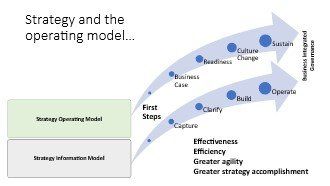
Strategy Operating Model (SOM) and Strategy Information Model (SIM) that informs and supports this dynamically
How do you go about establishing these effectively within your organisation? The process begins with a ‘First Steps’ based approach which considers both challenges: what is the current Strategic Management process in the organisation and the Strategy Information that supports this; and what are the issues that the organisation has encountered that have hindered its effective strategy delivery? Is there high-level appreciation of the opportunity to improve, and the threat in not improving? Is there the ‘organisational will' to improve?
This is clearly vital – and is covered in our next session in the series – 'First Steps'
The Improving Strategy Implementation Workshop illustrates how we transition from collected pain points and expectations to conclusions, responses and solutions based on common sense concepts and a step-by-step approach, build in strategy formulation and delivery to our thinking and help us start to form the approach to what we will need to do to improve our Strategic Management and Strategy Information Models, and ultimately – engage our organisations for change.
© David Dunning and David Booth 2022

